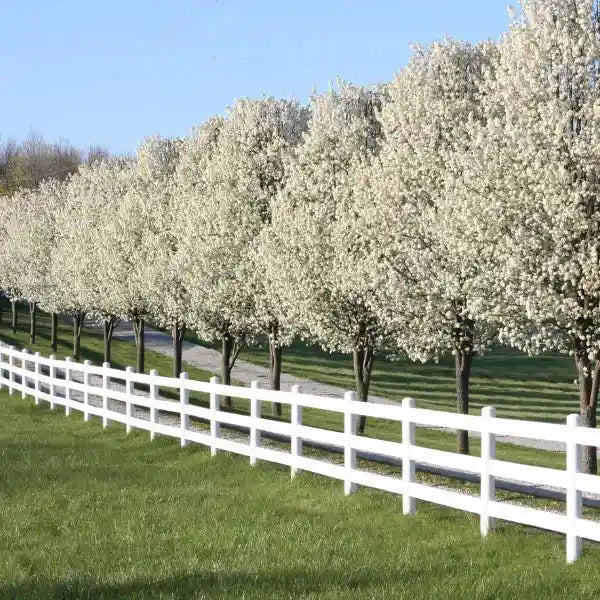
How to Plant – 5 Simple Steps for Success
Share
Bringing home new plants is always exciting. Whether it’s a lush camellia for your garden or a citrus tree for your backyard, the real magic happens after you get them home. With the right prep and a few simple steps, you can give your new plants the best possible start and help them thrive for years to come.
Here’s how.
1. Prepare Your Soil
Before planting, take a moment to check your soil. If it’s lacking in nutrients or is heavy clay or sandy, consider improving it with quality compost or a nutrient-rich quality soil blend. Healthy soil is the foundation of healthy plants.

2. Dig the Right-Sized Hole
It might sound basic, but digging the right-sized hole really matters. Aim for a hole that’s:
- Twice as wide as the pot or root ball
- One and a half times as deep
Loosen the soil around the edges and base to make it easier for roots to spread. This simple step helps your plant establish faster and more evenly.

3. Position Your Plant
Pop your plant into the hole and check the height before you backfill. The top of the root ball should sit level with, or slightly above the surrounding soil
Avoid planting too deep, as this can lead to rot or stress. Once in place, backfill with your prepared soil and gently firm around the base. Don’t compact it too tightly. You want to remove air pockets without squashing the soil.

4. Mulch and Water Well
Mulching is one of the easiest ways to protect your new plant and help it thrive:
- Keeps soil moist
- Regulates temperature
- Reduces weeds
Spread mulch around the base of your plant, leaving a little gap around the stem or trunk to avoid rot. Then give the plant a deep, thorough water.
Keep watering regularly while the plant establishes, especially during warm weather. A simple hose timer or irrigation system can take the guesswork out of it.

5. Feed for Healthy Growth
Once your plant is settled, usually after a few weeks, it’s time to start feeding.
- Use a fertiliser suited to the plant type. Citrus, natives, and flowering shrubs all have different needs.
- Slow-release fertilisers provide ongoing nutrients.
- Liquid feeds give an extra boost during the growing season.
Feeding regularly with a combination of both helps promote healthy foliage, stronger roots, and better resistance to pests and stress.
Final Thoughts
Every plant takes a little time to adjust to a new home, so don’t worry if it looks a bit sleepy at first. Keep the water up, give it time, and before long you’ll see new growth, fresh leaves, or even flowers.
With a bit of preparation and care, your plants will reward you tenfold.



